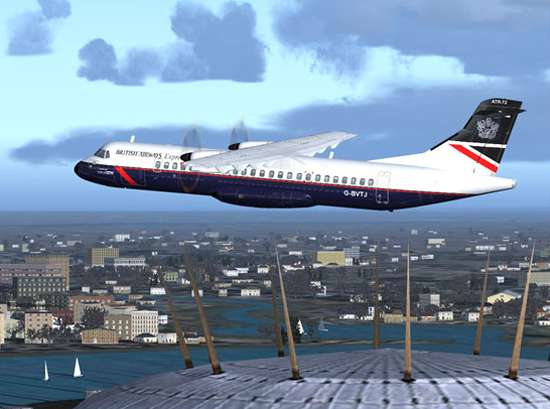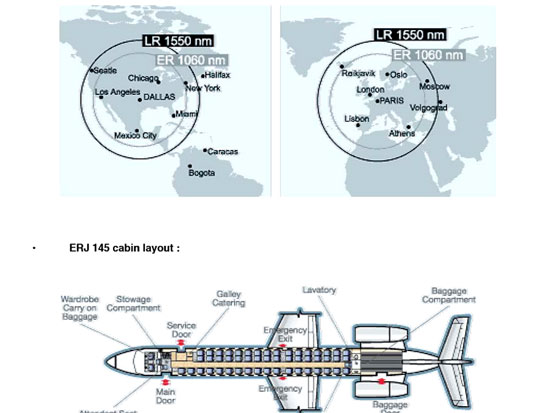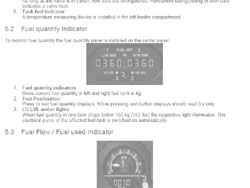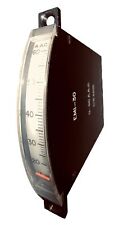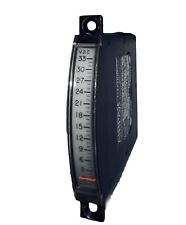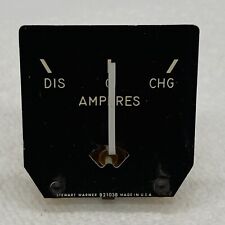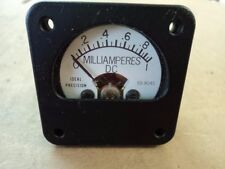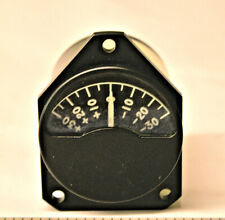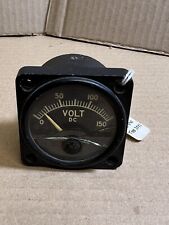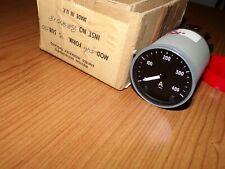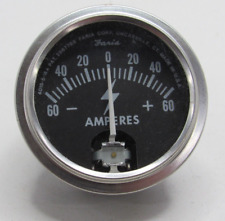The ATR ships with four different paint schemes, again not an overwhelming number, but there are tons of repaints available on fan sites across the web. (Italian Coast Guard by Gabriele DiMarco, British Airways by David Balmbra)
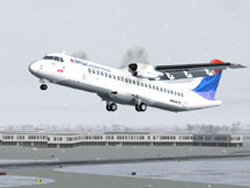 |
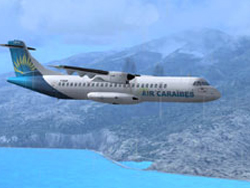 |
 |
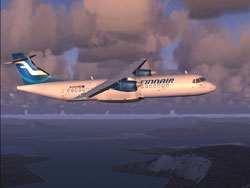 |
Both aircraft exhibit excellent, credible flight characteristics that feel in-line with what I would expect. The ERJ is, predictably, a better performer than the ATR in that it can climb higher, fly faster and arrive sooner than the ATR. Both have great yoke and rudder response and are a pleasure to hand fly. Autopilot operation was flawless in both aircraft and both flew excellent coupled approaches, handling configuration changes deftly. Single engine performance was good. As expected, the near centerline thrust of the tail mounted ERJ made large power changes on one engine a non-event. The ATR required a bit more rudder as one would expect with wing mounted engines. Generally most FS2004 aircraft are pretty docile on one engine as the flight dynamics inherent to FS2004 don’t seem to replicate asymmetric thrust situations very well. In real life my single engine training has always required far more rudder, muscle and finesse with pitch than any FS2004 has.
The ATR made failing an engine an easy affair but just reaching up and pulling the fire handle on the overhead. The ERJ did not model a working fire handle and in fact I couldn’t find any way to shut off the ERJ engines in flight despite shutting off the fuel pumps and hitting the engine stop selector. It may be that the gust lock has to be enabled before you can shut down an engine but I wonder just how you shut down an engine while airborne. I resorted to opening the FS2004 failures menu and killing the engine in that way.
 |
 |
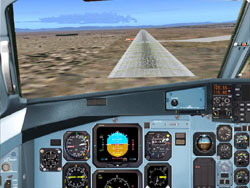 |
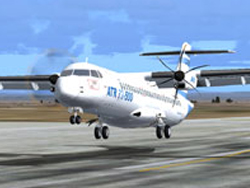 |

